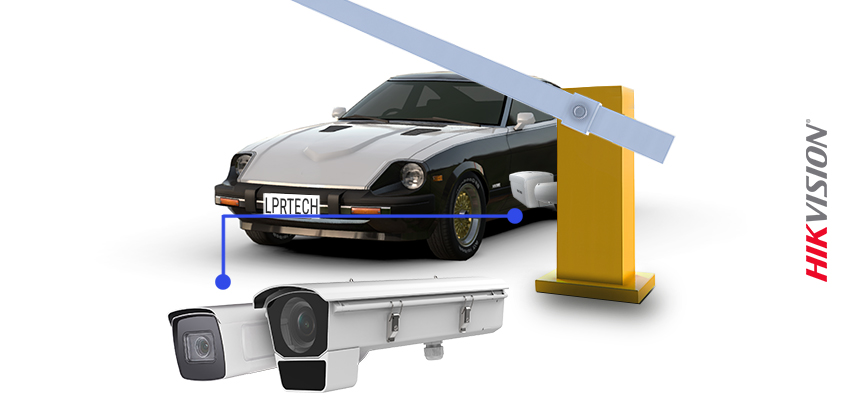Introducing License Plate Recognition Technology: Improved 3rd Gen Release Enhances Key Benefits for Users

Hikvision is excited to introduce its improved License Plate Recognition (LPR) technology in 3rd Gen DeepinView cameras. This technology provides a solution for the challenges of vehicle access management at parking entrances in places like schools, offices, and factories. Past issues with LPR systems include high costs and unreliability.
But now, Hikvision has developed LPR cameras engineered with deep learning algorithms and GPU processors. These additions enhance License Plate Recognition to be more accurate and reliable than previously developed technologies. Hikvision’s LPR systems record number plate information at a much higher capacity than other LPE systems. They also do not require frequent, difficult camera positioning adjustments.
Users will enjoy several key benefits of using these newly advanced LPR camera systems. They are more efficient, reaching ultra-high accuracy rates even with non-stop vehicle flow monitoring. Automated security sees a big improvement with an alarm that triggers when unauthorized license plates appear. The systems are also more flexible with easy deployment and installation. Additionally, centralized management is now part of the Hikvision LPR system. Centralized management comes with complete vehicle passing records and report generation, real-time alarm management, and health monitoring on all devices.
Other key benefits include:
- Vehicle entrance and exit management/barrier control
- Increased safety ensuring only pre-authorized vehicles enter the property
- Improved visitor record search and retention
- Reduced costs for staff and other monetary investment
Intelligent 3rd Generation DeepinView Cameras come equipped with License Plate Technology as well as brilliant clarity and powerful analytics. Along with greater recognition of vehicle plate characters, these cameras include several key features like 4 MP high quality imaging, high backlight compensation, vehicle analysis and attribute identification, and much more. And it’s all empowered by Deep Learning algorithms.
Learn more about License Plate Recognition technology and 3rd Gen DeepinView cameras on our website today.
